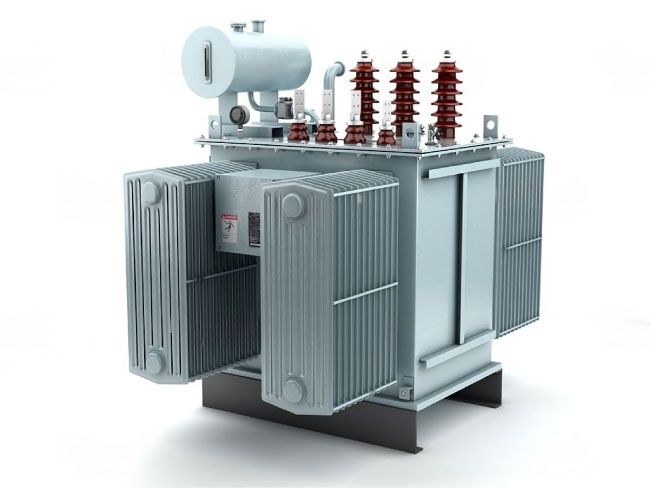Oil-Type Transformer
An Oil-Type Transformer, also known as an Oil-Immersed Transformer, is a highly efficient and reliable solution for power distribution and voltage transformation. In this type of transformer, the core and windings are completely submerged in high-grade insulating oil, which performs two critical functions
Cooling – The oil effectively dissipates the heat generated during operation, ensuring thermal stability and preventing overheating.
Insulation – It provides enhanced electrical insulation between internal components, improving safety and longevity.

These transformers are widely used in industrial, commercial, and utility sectors due to their robust performance, durability, and long service life.
Key Features and Benefits
Types of Oil-Filled Transformers
Single-phase transformers: Used for smaller power distribution.
Three-phase transformers: Used for larger power distribution and transmission.
Open-type transformers: Have an external conservator tank that is open to the atmosphere.
Closed-type transformers: Have a sealed tank and are often used in areas where environmental protection is crucial.
